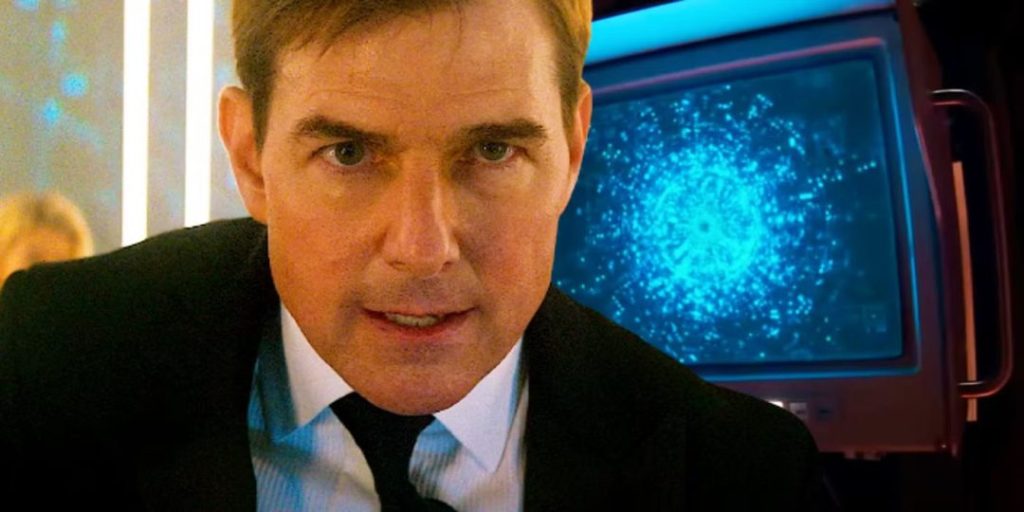Tom Cruise has jumped out of planes, scaled skyscrapers, and raced motorcycles through packed city streets. But in Dead Reckoning Part One, Ethan Hunt faces something far more terrifying — an enemy you can’t touch: artificial intelligence. And this time, it’s Ethan who might be the one being hunted.
📌 The Plot: An Invisible, Limitless, and Soulless Enemy
The story kicks off with a global race to control an AI capable of infiltrating, manipulating — and erasing — every digital system in the world. Ethan Hunt and the IMF team must locate a mysterious key that can control the AI, before it falls into the wrong hands… or worse, becomes uncontrollable.
This isn’t just an “impossible mission” — it’s a survival war between man and machine.
💥 Action-Packed as Ever — But With a Deeper Pulse
- Breathtaking Stunts: That motorcycle jump off a 4,000-meter cliff? 100% real, no CGI.
- Epic Train Sequence: A masterclass in tension, with classic Mission: Impossible pacing.
- Performances: Tom Cruise is as sharp as ever, but it’s Hayley Atwell who surprises — smart, fierce, and magnetic.

Tom Cruise performing the death-defying motorcycle cliff jump — one of the most iconic stunts in action movie history. No CGI. No stunt double.
🧠 A Mission That Asks Bigger Questions
This isn’t just about chases and explosions. Dead Reckoning dares to ask:
When AI knows everything about you, do you still have freedom?
Is technology a double-edged sword — or a silent killer?

“The Entity” — an all-seeing, all-knowing AI with the power to manipulate global systems. In Dead Reckoning, the greatest threat isn’t human… it’s code.
👎 Minor Weaknesses
- As a Part One, the ending feels a bit abrupt, clearly setting up the grand finale.
- Some supporting characters didn’t get enough development to stand out.
⭐ Overall Scorecard
| Category | Score |
|---|---|
| Action | 9/10 |
| Storyline | 8.5/10 |
| Tension & Pacing | 9/10 |
| Character & Emotion | 8/10 |
| Overall | 8.6/10 |
🎞️ Mission: Impossible – Dead Reckoning Part One is a bold pivot for the franchise, exceeding expectations in both scale and substance. And perhaps what lingers longest isn’t the bullets or the explosions — but the way the world could be controlled with nothing but… data.
